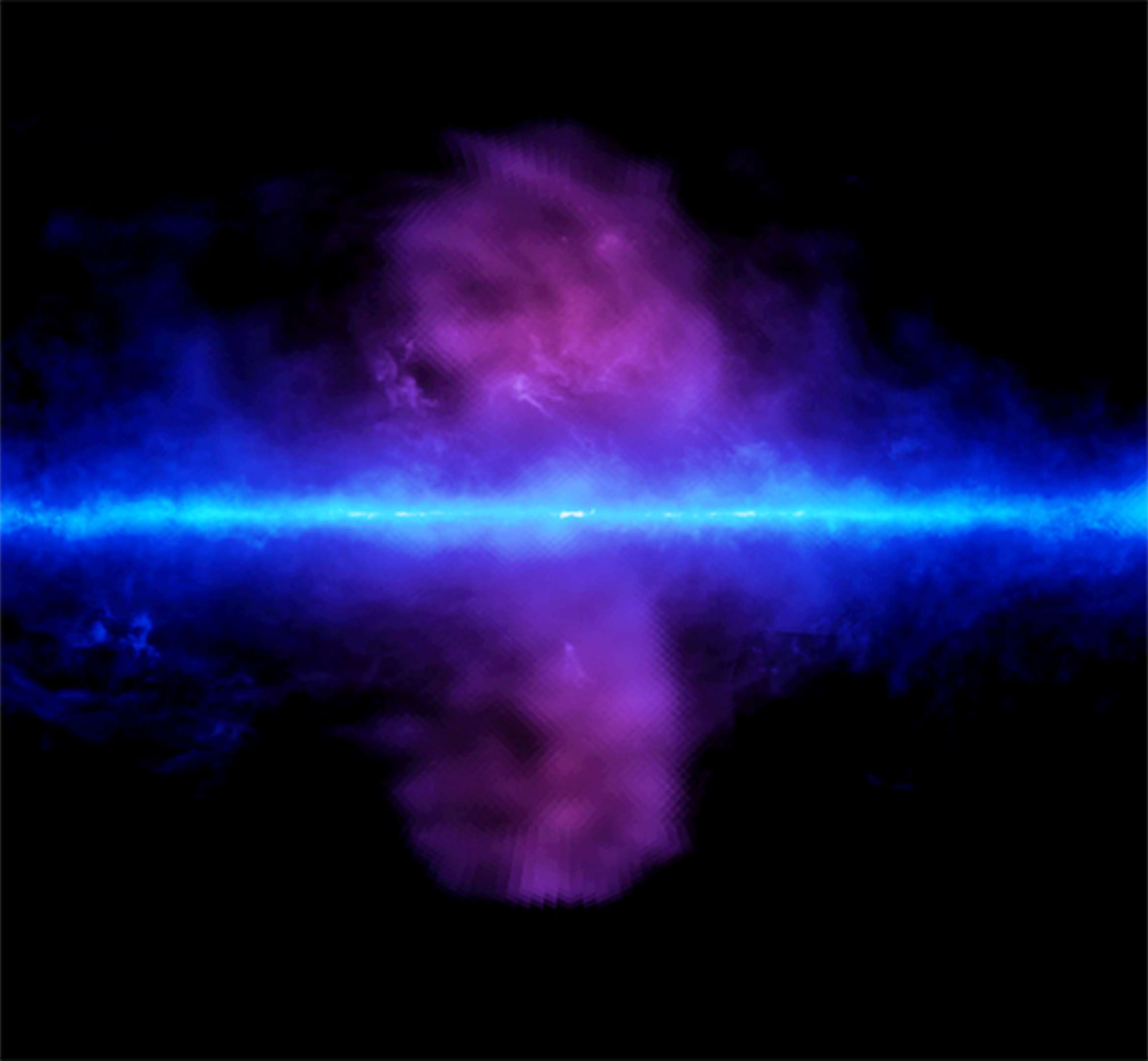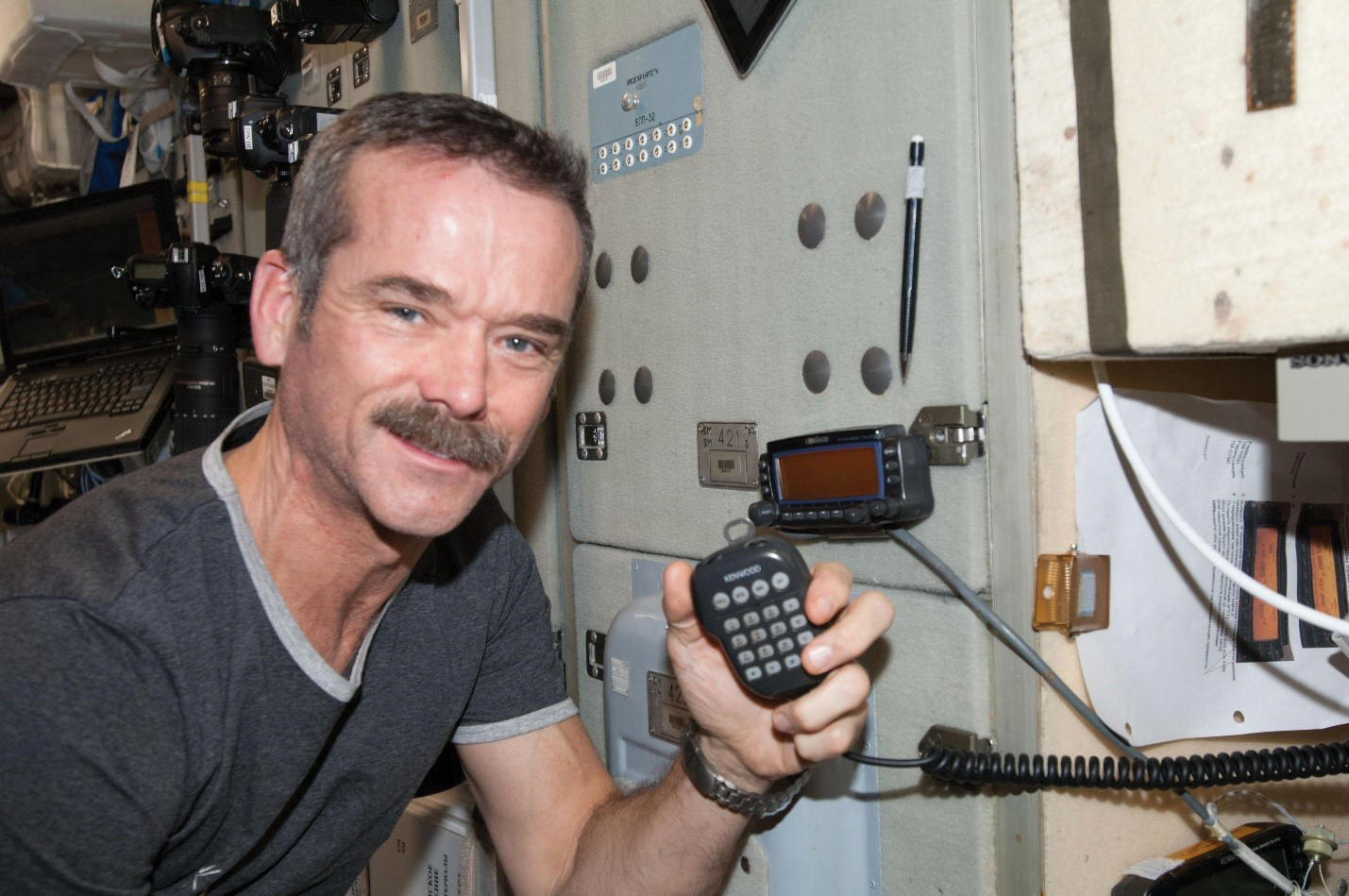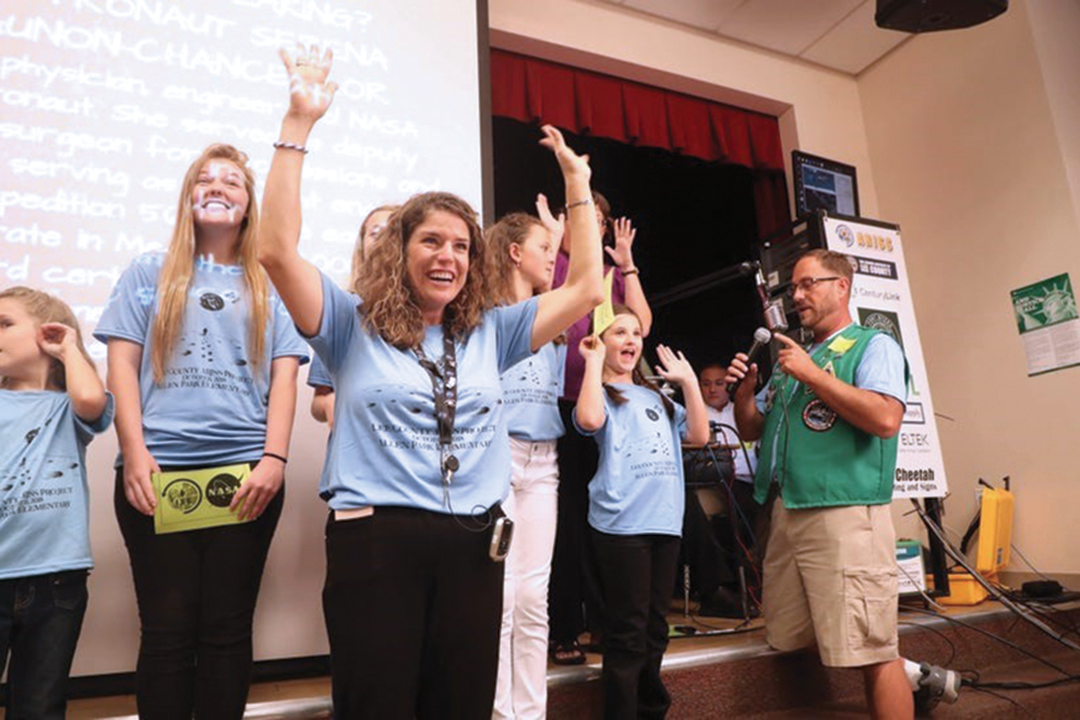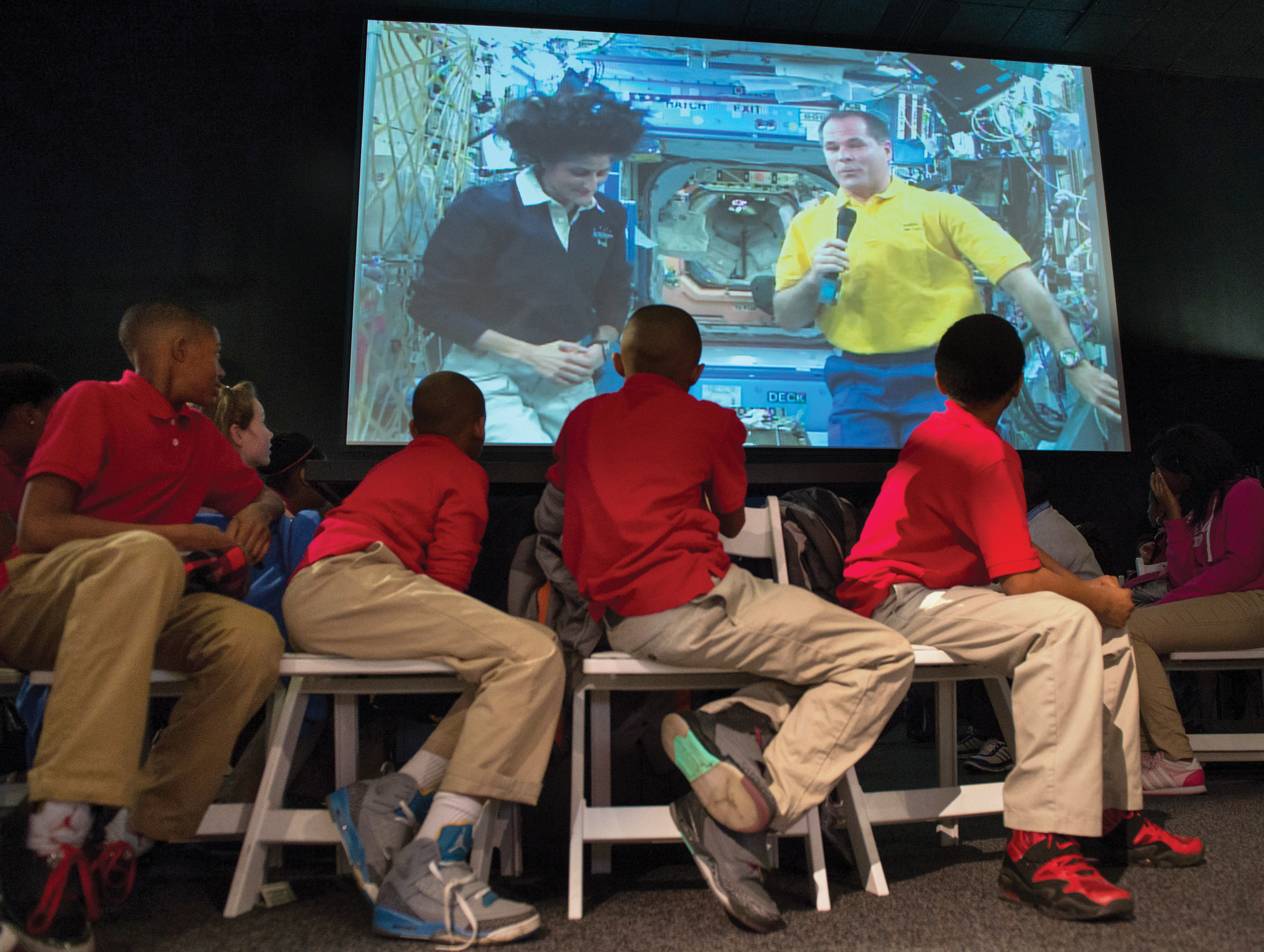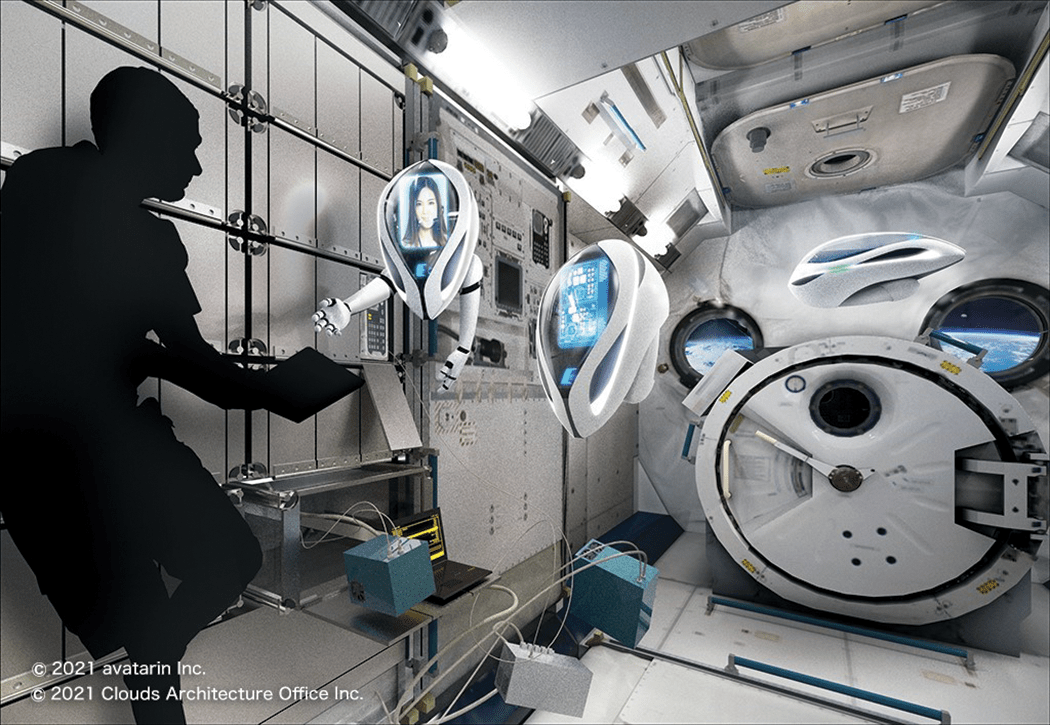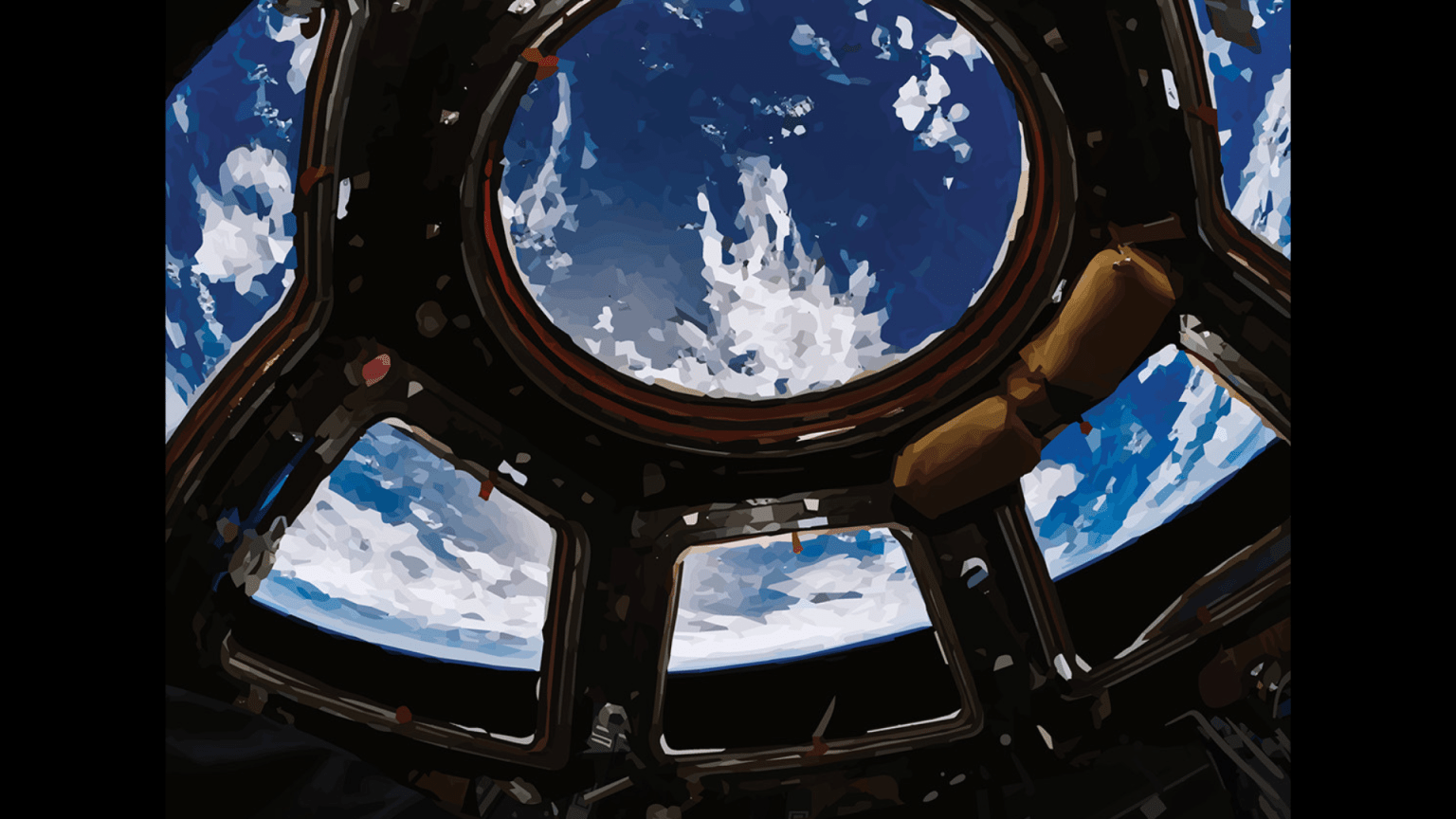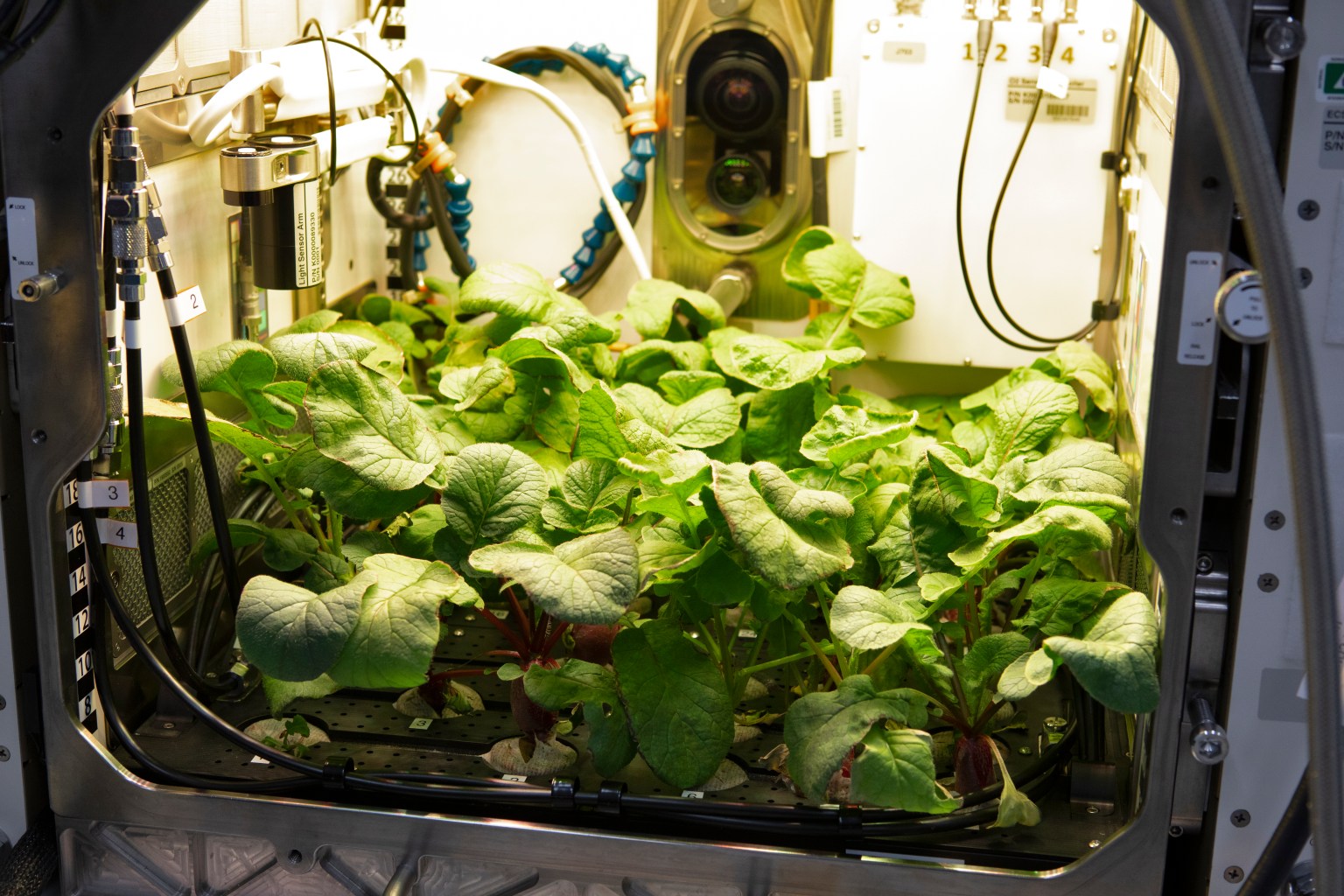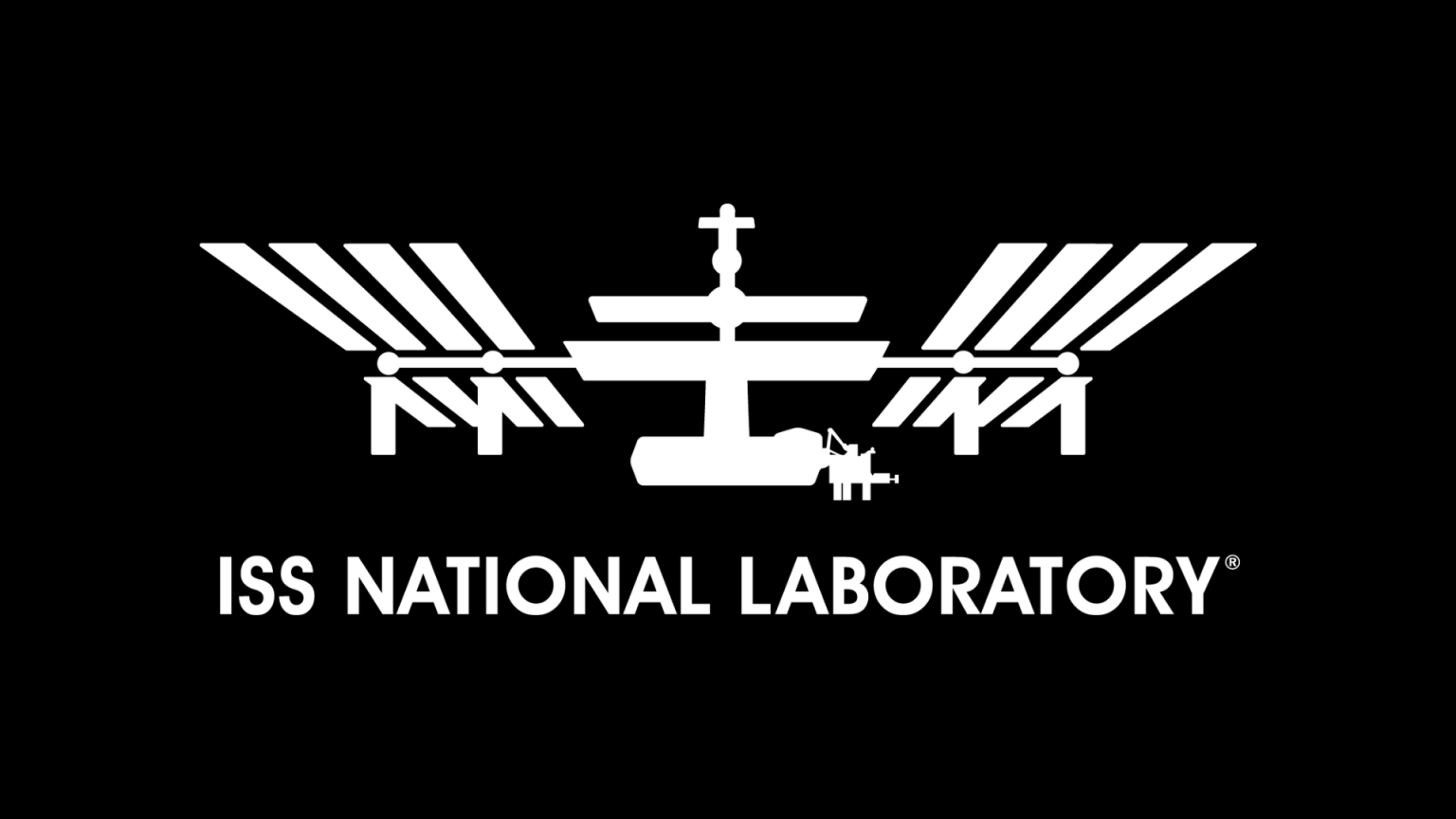Inspiring the next generation through conversations with space
On Nov. 28, 1983, space shuttle Columbia launched, carrying former NASA astronaut Owen Garriott – amateur radio call sign W5LFL – and his ham radio into orbit for 10 days. For seven of those days, ham radio operators around the world, from classrooms to world leaders, heard Garriott’s voice calling Earthbound ham radio stations. Thanks to a ham radio aboard the International Space Station, the conversations continue.
Amateur Radio on the International Space Station (ARISS) provides students from around the world the chance to ask questions directly to an astronaut in orbit, while learning the technical basics of ham radio operations. The program has now connected more than 250,000 participants with the space station and over 100 crew members.
“One of the primary purposes for the space station is to improve life here on Earth. That’s not just from a biomedical standpoint or from a science standpoint. It’s from an educational standpoint,” said Courtney Black, education project manager for the ISS National Laboratory.
Before Black arrived at the ISS National Lab, she worked as a teacher for 14 years, bringing space education to her classroom. In the fall of 2018, she coordinated her district’s first-ever contact, where 21 students from across Lee County, Florida, spoke with NASA astronaut Serena Auñón-Chancellor live from the space station.
Before the big day, the students spent many hours preparing. Every student learned the proper call signs and how to annunciate in addition to scientific lessons about energy and soundwaves.
“It was cool for me as an educator to see them grow and be confident, and the community rally around the group of ham radio operators who were taking their time to invest in a group of students and the impact it has had,” Black said.
On the day of the event, the entire community gathered to cheer on these students for their eight minutes in the spotlight alongside Auñón-Chancellor. All 21 students got their direct connection to space.
“I can’t explain the impact that it has when an astronaut takes the time out of their schedule for my students, to say you are important enough for me to answer your questions,” Black said. “It means so much.”
One of those students was then-high school senior, Emily Gunger.
On the day she spoke with station, she told her local news station, “This is the start of my career to become an astronaut. This is where I’m setting my foot down and saying, hey, this is what I want to do, and this is how I want to do it. This is it, let’s do this.”
A few years later, Gunger remains on that path, as she is now a student at Embry-Riddle Aeronautical University in Florida.
“Participating in this program motivated me to get a degree in Astronomy and Astrophysics,” Gunger said. “It is so important to involve students in STEM fields and encourage them to ask questions.”
This type of tangible connection to the orbiting laboratory has served as a spark for thousands of students around the world. Questions have been asked in more than a dozen languages. This all is possible thanks to the many international partners that sponsor the program in collaboration with NASA: the State Space Corporation ROSCOSMOS (ROSCOSMOS), Canadian Space Agency (CSA), Japan Aerospace Exploration Agency (JAXA), and ESA (European Space Agency). ARISS worked with CSA on Communications and Outreach 2 – ARISS, which connected CSA astronaut Chris Hadfield with a Canadian school.
ARISS also worked with ROSCOSMOS on the O Gagarine iz kosmosa (About Gagarin from Space) program, which involved transmitting photos dedicated to the life and work of the first cosmonaut. Over 20,000 images were transmitted during the experiment. More than 160 communication sessions were held with students from Russia as well as with amateur radio operators in countries, including France, Ecuador, Brazil, Japan, Tunisia, Australia, India, and Greece.
The ROSCOSMOS Shadow-Beacon study even used the international network of amateur radio operators for an educational and scientific purpose. Participants did meaningful work, analyzing the quality of radio signals and effects of disturbances such as shading and elevation of the station. This provides a new tool to increase the timeliness and effectiveness of managing ground measuring networks.
Other programs have provided similar moments of connection with astronauts. Students record messages and images to send out to space with ROSCOSMOS’s RadioSkaf program. Spot the Station email and phone alerts send families outside at night to watch the station pass overhead. More than 6,000 students accessed space station videos through the ROSCOSMOS outreach filming project, Velikoye Nachalo. A Raspberry Pi computer aboard station is used for an ESA livestreaming project called ICE Cubes Hydra-3 Pulse that transmits heartbeat data from museum visitors to the space station, where it moves a Kaleidoscope containing small beads.
“The most important part of our job is inspiring the next generation,” said Alana Bartolini, ISS and international education operations coordinator at Telespazio Belgium SRL for ESA. “What we want to do in this program is provide that access, that interest, and that inspiration for students at a young age and encourage them to take on more challenges as they get older.”
Educational downlinks from the space station have directly reached hundreds of thousands of students, connecting classrooms and station astronauts for live conversations. JAXA’s Space Studio Kibo is innovating on the downlink concept, bringing the accessibility of livestreaming from space to the ground through terminals in the Japanese Experiment Module (JEM).
“Anyone who has a smartphone can now connect with the space station,” says Rumiko Nango, producer and project director at Bascule Inc., the developer of Studio Kibo.
One of the largest Studio Kibo projects to date livestreamed the first space sunrise of the 2021 New Year to more than 5.5 million people. The broadcast also included videos from citizens and a conversation with JAXA astronaut Soichi Noguchi. The organization plans to continue this event annually, reaching millions more people with its 2022 New Year broadcast.
The project also helped connect people around the world, including the elderly, students, and families, during the isolation of COVID-19 lockdowns.
“This project not only created the opportunity to look up at the sky, but also provided a space to be together and see they share the same situation,” said JAXA Space Innovation through Partnership and Co-Creation producer Shinichi Takata. “It’s very symbolic. It was an event not only for the Japanese, but also people all over the world.”
Those not able to participate in a live event can connect to the space station on demand through Story Time from Space, sponsored by the ISS National Lab. Astronauts record videos of themselves reading children’s stories, which can be watched by anyone with internet access. Each video has amassed hundreds of thousands of views. The most popular, Auñón-Chancellor reading If I Were an Astronaut, has been viewed on YouTube over 600,000 times. The videos can be watched anytime and from home, providing an important resource for inspiring the next generation of explorers.
Just as research on the space station continues to innovate, so do outreach efforts.
One of JAXA-promoted private company’s missions in Kibo is Avatar-X. This is a partnership project of JAXA and avatarin Inc. that plans to launch teleoperated robots that civilians can control from Earth. The company avatarin Inc. is a spin-out startup of ANA Holdings, Inc., aiming to support the growing space-based economy by accelerating the development of real-world avatars. Similar avatar robots are already deployed in various facilities on Earth, enabling Japanese citizens and students to remotely explore facilities like JAXA centers and aquariums as if they were there in person. Next up is bringing the robots to space.
“One of our goals is to make space more relevant to everyday people,” says Kevin Kajitani, chief operating officer of avatarin Inc., the developer of Avatar-X.
In 2020, a test conducted aboard the International Space Station allowed anyone that came by a booth in Tokyo to control a robotic camera installed in the space station in real time. Building on this success, the team is now working toward the launch and testing of more advanced robotic avatar systems aboard the station. These programs will pave the way for the next step in space outreach: the Moon.
“The future step is we want to actually place a robot on the Moon or Mars to allow children to virtually walk around and explore,” said avatarin Inc. chief executive officer Akira Fukabori.
The ARISS program is also looking ahead and preparing to take advantage of future opportunities. They plan on installing a ham radio facility in Gateway, a vital component of NASA’s Artemis program. The multipurpose outpost orbiting the Moon will provide essential support for long-term human return to the lunar surface and serve as a staging point for deep space exploration.
Conversations, story times, video, and other programs like these bring all of humanity along on the next stage of humankind’s exploration of the cosmos.
Get Involved
Want to get involved in any of the programs mentioned above? Visit the sites below:














